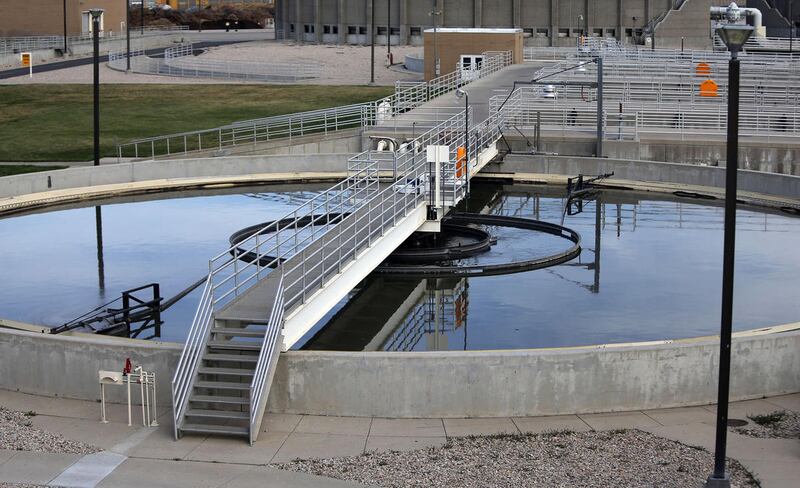Sen. John Curtis, R-Utah, along with Sen. Ruben Gallego, D-Ariz., want to help community water systems adopt new smart water technologies to conserve the finite resource in the West.
The pair earlier this month introduced the bipartisan Water Infrastructure Modernization Act to provide $50 million in grant funding for community water systems to purchase and implement technologies such as those that can identify water loss, examine pipe integrity, detect leaks, prepare for severe weather, innovate water storage systems and more.
“Across Utah and the West, communities face real challenges with aging water systems, drought resilience, and growing demand,” Curtis said.
“The Water Infrastructure Modernization Act empowers local leaders to adopt next-generation technologies and reflects our pioneer values of innovation, thrift, and stewardship, and puts modern tools in the hands of those closest to the land.”
In a region plagued by drought, it is important systems move toward these water savings, added Gallego.
“In the West, we know that every drop of water matters. By investing in the latest technologies, we can make our water systems more efficient — saving communities water and money," he said.
Such investments would help systems like the Central Valley Water Reclamation Facility.

“This bill will provide a great benefit for Utah,” said the facility’s general manager Phil Heck.
A few years ago, the facility launched the Digital Water Committee, which is part of the Water Environment Association of Utah.
“At CVWRF, we already have many real time sensors and instruments that monitor our processes and feed data into the supervisory control and data acquisition system that automates control of the plant. The topic of intelligent water infrastructure is extremely pertinent for us as we are now significantly increasing the number (by around a factor of 10), variety and sophistication of the sensors and the control software we use.”
Heck said the work is being implemented as part of the redesign and construction of treatment facilities to lower costs and improve the quality of wastewater that is discharged into the Great Salt Lake.
“We are also starting to use this information for asset management such as triggering maintenance events based on sensor data and not just a simple maintenance schedule,” Heck said.
On a daily basis, the district handles between 50 and 60 million gallons of wastewater that flows into it for treatment.
Those millions of gallons of water are processed, impurities are separated and treated, and harmful bacteria, protozoa and viruses are eliminated so that only clean water is returned to Mill Creek and the Jordan River.
Central Valley is a regional facility owned by five special service districts: Mount Olympus Improvement District, Cottonwood Improvement District, Granger-Hunter Improvement District, Taylorsville-Bennion Improvement District, and Kearns Improvement District; and two cities: Murray City and South Salt Lake.


